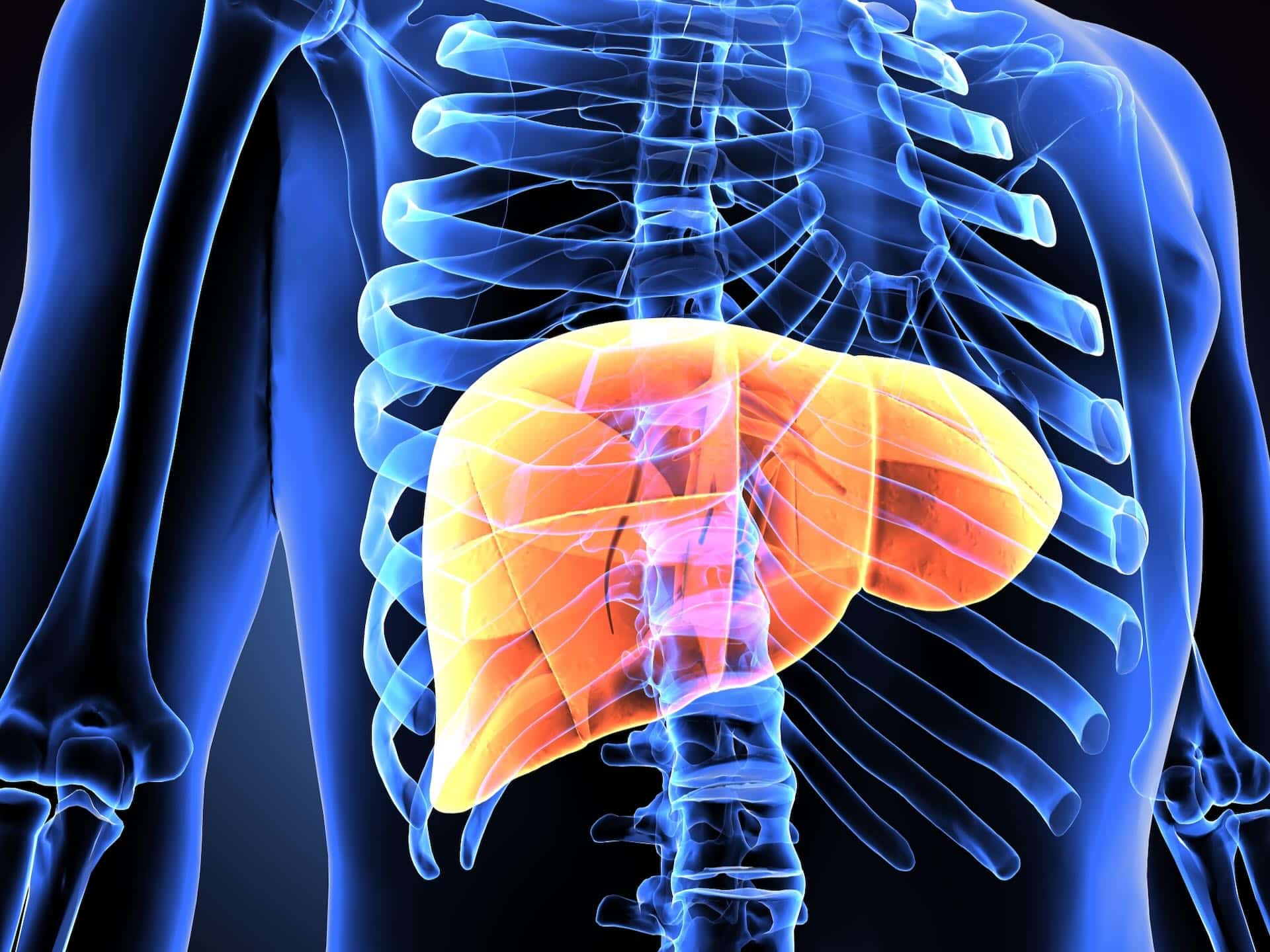What is the evidence for lifestyle modification in the management of non-alcoholic fatty liver disease (NAFLD).
Article1 August 2023

Lifestyle modification is the cornerstone in management of patients with NAFLD.
Non-alcoholic fatty liver disease (NAFLD) is considered to be the hepatic manifestation of metabolic syndrome, defined as any three of the following; impaired glucose tolerance or type 2 diabetes; hypertriglyceridaemia; low HDL; increased waist circumference or high blood pressure. As a result of metabolic syndrome becoming increasingly prevalent, NAFLD is estimated to affect approximately 25% of the general population.
Despite being so common there is little guidance regarding the best management for patients with NAFLD. Lifestyle modification remains the cornerstone in management of patients with NAFLD, and involves a multifaceted approach including;
1. Weight loss
Weight reduction through caloric restriction is fundamental to improving disease severity. Tailored dietary advice should be given with the aim of 5–10% bodyweight. This includes a reduction in refined carbohydrates and processed foods, and increased consumption of vegetables, lean protein and fish. Histological changes achieved by weight loss show a dose–response relationship; 5% bodyweight loss improves steatosis, 7–10% is required to positively affect NAFLD activity score and fibrosis, with >10% bodyweight reduction associated with resolution of inflammation within the liver and improvement of fibrosis.
2. Dietary modification
The type of food one ingests can influence NAFLD. Diets high in saturated fats, processed foods or refined sugars tend to promote accumulation of fat within the liver. Studies assessing specific diets in NAFLD have been limited, so the optimal diet for NAFLD is not known. Given its documented potential to reduce hepatic fat content and have positive effects on cardiovascular risk, the Mediterranean diet is the most widely recommended diet for NAFLD. Histological improvement in NAFLD is more dependent on the degree of weight loss rather than the method used to achieve it.
3. Increased physical activity
People with NAFLD should be advised about the benefits of regular aerobic or resistance exercise. Irrespective of weight loss, regular exercise is effective in reducing fat within the liver. The two types of exercise have different characteristics that make them suitable for different patients: resistance exercise has a lower cardiorespiratory demand so may be preferential for patients with poor baseline fitness or those with comorbidities that prevent participation in aerobic exercise. Recommendations for exercise in NAFLD include 150–300 min per week of moderate intensity aerobic exercise performed over a minimum 3 days a week and resistance exercise on at least 2 days.
4. Minimise or abstain from alcohol
There are additive and synergistic interactions between alcohol and cardiometabolic risk factors in the progression of fatty liver disease.
In patients with NAFLD who do not have cirrhosis, the 2016 NICE clinical guideline reported insufficient evidence to restrict alcohol consumption beyond the national recommended advisory limits. In females that is two standard drinks a day and no more than 10 standard drinks a week, and for males it is three standard drinks a day and no more than 15 standard drinks a week, with at least two alcohol free days a week.
It should be made clear that alcohol can be a source of additional dietary calories and minimising use may avoid further weight gain with worsening of metabolic risk factors.
Complete abstinence from alcohol should be strongly recommended to patients with NAFLD and cirrhosis. Patients with pre-cirrhotic NAFLD should be advised that alcohol consumption may accelerate disease progression and so should minimise or abstain from alcohol to reduce the risk of disease progression.
5. Smoking cessation
Tobacco smoking markedly increases the risk of cardiovascular, neoplastic, and respiratory diseases, leading to increased all-cause morbidity and mortality.
People with NAFLD should therefore be asked about their current and past cigarette smoking history. People who currently smoke should be advised to stop, offered assistance in stopping, and referred to smoking cessation services.
6. Assess and manage cardiovascular risk factors
Despite the risk of progressive liver disease, the leading cause of death in patients with NAFLD is cardiovascular disease. For this reason it is imperative that patients are screened for hypertension, hyperlipidaemia and diabetes, and treated appropriately.
